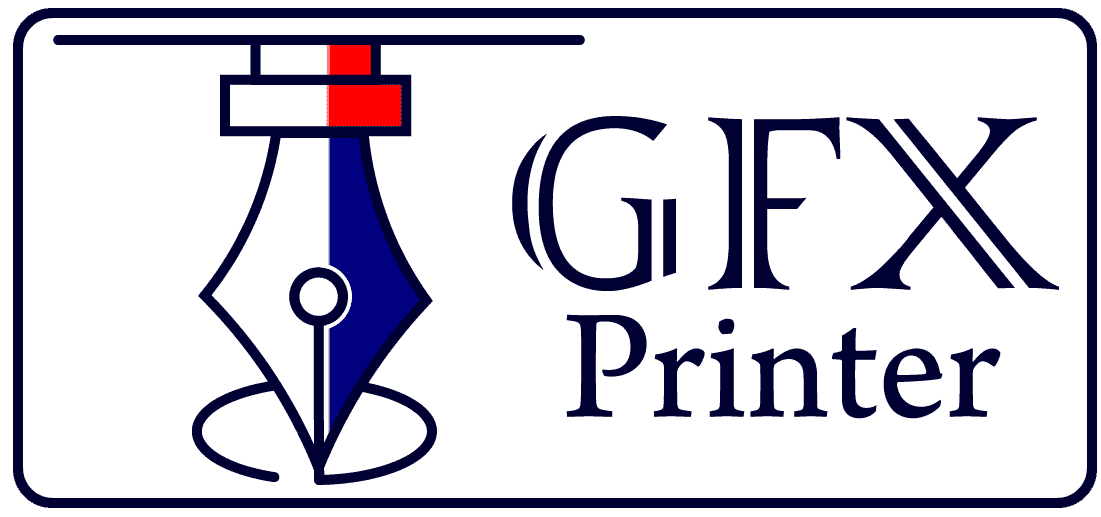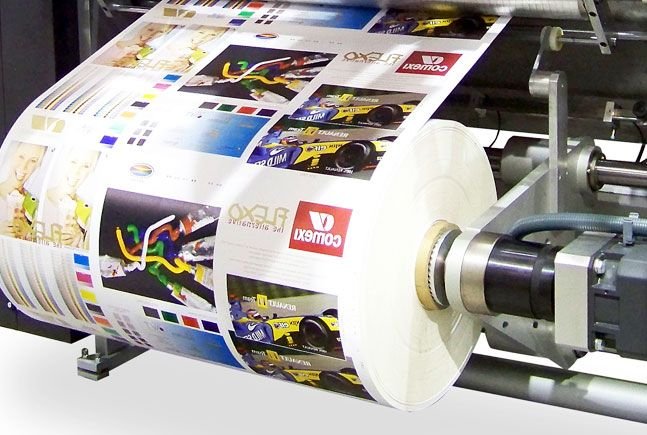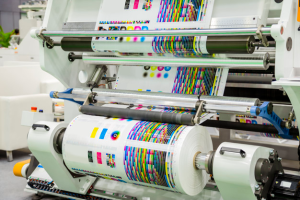If you’re looking for a printing solution to help your business stand out from the match, then it’s time to explore offset printing. This in-depth guide will break down the basics of offset printing and explain why it might be the right choice for your project. Learn about its advantages, and disadvantages, and how you can use this classic printing process to boost your business goals.
Introduction to Offset Printing
It is a popular printing method that involves moving ink from a metal plate to a rubber blanket and then to the print surface. This type of printing is common for printing newspapers, magazines, books, and other commercial materials.
It has many advantages over other printing methods. It is faster and more efficient than letterpress printing, and it can produce higher-quality prints than digital printing. Additionally, offset printing is less likely to smudge or fade than digital prints.
If you are considering offset printing for your business, there are a few things you should keep in mind. First, offset printers require large orders to be cost-effective – typically 500 copies or more. Second, the setup time for an offset print job is fairly long, so it is important to plan ahead. Finally, because of the increased efficiency and quality of offset prints, they tend to be more expensive than digital prints.
If you have any questions about offset printing or would like to learn more about how it can benefit your business, please contact us today. We would be happy to help you find the best printing solution for your needs!
Advantages and Disadvantages of Offset Printing
Advantages of Offset Printing
It has some advantages that make it the go-to choice for many businesses:
- Increased quality: When done correctly, offset printing can produce extremely high-quality prints. The prints will be sharp and clear, with smooth edges and consistent coloration throughout.
- Perfect for large print jobs: This type of printing is ideal for large print jobs, as it can handle large volumes of prints without sacrificing quality.
- Economical: Though offset printing requires a higher initial investment than some other printing methods, it is ultimately more economical, as it can produce prints at a lower cost per unit.
- Versatile: It can use on a wide variety of materials, including paper, cardboard, metal, and plastic.
- Quick turnaround times: With modern technology, offset printing can have quick turnaround times, even for large print jobs.
Disadvantages of Offset Printing
Offset printing also has some disadvantages that businesses should be aware of:
Steps of the Printing Process
The steps of the printing process are as follows:
- Prepress
- Printing
- Postpress
Prepress is the first stage of the printing process and involves preparing the printing plates. Which use to transfer the image onto the substrate (paper or other material). This stage also includes proofing, which is over to ensure that the print job will meet the customer’s expectations.
Printing is the second stage of the process and involves actually transferring the image onto the substrate using the printing plates from the prepress. This can be over via a variety of methods, but offset printing is by far the most common.
Postpress is the third and final stage of the process and involves finishing touches such as trimming, folding, and packaging. Once all of these steps meet, your printed piece is ready to ship off to its final destination!
Cost Considerations for Offset Printing
It is a popular printing method for businesses of all sizes. What is offset printing, though, and how does it benefits your company?
In this guide, we’ll cover everything you need to know about offset printing, from the basics of the printing process to the cost considerations you need to keep in mind. By the end, you’ll have a clear understanding of whether offset printing is the right choice for your business.
So, what is offset printing? In simple terms, It is a type of printmaking that uses plates to transfer an image onto a substrate. The image is first transferred onto a rubber blanket or cylinder before being transferred onto the substrate.
One of the main benefits of offset printing is that it’s very versatile. It can be used for a wide range of products, including business cards, flyers, brochures, and even packaging. Plus, it’s suitable for both small and large print runs.
Another advantage of offset printing is that it produces high-quality results. With lithography (the process used to create offset plates), you can achieve fine details and sharp lines. This makes printing ideal for businesses that want to produce professional-looking printed materials.
Finally, It is often more cost-effective than other types of printing methods (such as digital printing). This is because it doesn’t require reprinting if there are errors in the print run – which can save you time and money in the long run.
Tips for Obtaining Quality Prints
If you’re looking for high-quality prints for your business, It is a great option. Here are a few tips to help you get the best results:
- Choose the right paper stock. When it comes to offset printing, the quality of your paper stock can make a big difference in the final product. Make sure to choose a heavy-weight stock that’s designed for high-quality printing.
- Use a professional printer. Offset printing is a complex process, so it’s important to entrust your project to a professional printer who has experience with this type of printing. They’ll be able to produce superior results and avoid any common mistakes.
- Pay attention to the details. From start to finish, every detail matters when you’re printing offset materials. Make sure all your artwork is accurate and print-ready and proofread all text carefully before sending it off to be printed.
By following these tips, you can be confident that you’ll end up with beautiful, high-quality prints that will represent your business well.
Choosing a Printer
Choosing a printer can be tricky; there are so many options on the market these days. However, with a little investigation, you may select the ideal device for your company. Here are a few things to keep in mind when shopping for a new printer:
Printing speed: How fast do you need your printer to be? If you’re printing large quantities of materials, you’ll need a machine that can handle high speeds.
Print quality: What level of print quality are you looking for? If you’re printing photos or other images, you’ll need a machine with a high resolution like(Heidelberg GTO 52).
Cost: What kind of budget do you have for a printer? Market selections range in price from less expensive to more expensive.
Printers also come in different sizes; choose one that will fit in the space you have available. And lastly, before making a purchase, make sure to check reviews!
How can it help?
When you’re running a business, there are a million things to think about – from your products and services to your customers and marketing. So, it’s understandable if you haven’t given much thought to your printing process. However, understanding offset printing and how it can help your business is important.
Offset printing is a popular printing method that is used by businesses of all sizes. It’s a reliable and cost-effective way to print high-quality materials. Furthermore, there are numerous ways offset printing can benefit your business.
Here are just a few ways that offset printing can help your business:
Save money on print costs: This type of printing is a more cost-effective way to print than digital printing. This is because offset printers use large plates, which means that they can print large quantities of material at once, which reduces the overall cost per print.
Print high-quality materials: This printing produces high-quality results. The plates used in offset printing create sharp images and text, which will make your printed materials look professional and polished.
Get creative with your prints: Offset printers can print on a variety of different paper types and sizes, as well as different finishes like gloss or matte. This means that you can be creative with your prints and really make them stand out from the crowd.
Turnaround time is quick: Once the initial setup
Conclusion
Offset printing can be a great choice for businesses that require large quantities of printed material. With its accuracy and affordability, It is just one of the many options available to help you get your business noticed. Whether you need brochures, business cards, postcards, or any other type of printed material, this versatile process has what it takes to deliver the quality results you desire. We hope this guide has provided useful insight into how offset printing works and why it could be the perfect choice for meeting all your marketing needs.







